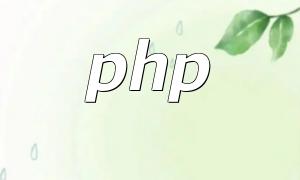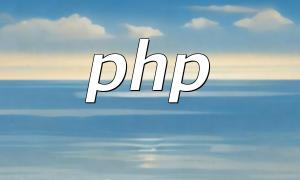In modern PHP development, the way your project code is structured directly impacts its maintainability and scalability. PHP7 introduced the Namespace and Use keywords, providing developers with a more flexible and organized way to manage their codebase. When used properly, these features can help avoid naming conflicts and create a cleaner, more logical structure.
A Namespace in PHP can be understood as a logical grouping of code. It prevents conflicts between classes, functions, or constants that might share the same name across different libraries or modules. The key benefits of using namespaces include:
Namespaces and the Use keyword are commonly used with classes, allowing developers to declare and access classes from different logical modules or packages.
Use the namespace keyword at the top of your PHP file to declare a namespace:
namespace MyApp;This indicates that all classes within the file belong to the MyApp namespace.
The use keyword allows you to import classes, functions, or constants from other namespaces. For example:
use Symfony\Component\HttpFoundation\Request;After importing, you can refer to the Request class directly without typing its full namespace path each time.
Here’s a full example demonstrating how to use Namespace and Use together:
// File: MyClass.php
namespace MyApp;
use Symfony\Component\HttpFoundation\Request;
use App\SubNamespace\CustomClass;
class MyClass {
private $request;
public function __construct(Request $request) {
$this->request = $request;
}
public function processRequest() {
CustomClass::customMethod();
}
}// File: CustomClass.php
namespace MyApp\SubNamespace;
class CustomClass {
public static function customMethod() {
// do something
}
}In the above example, the MyClass class imports the Request class from the Symfony framework and the CustomClass from a subnamespace, enabling clean and modular interaction between different parts of the application.
By mastering PHP7's Namespace and Use keywords, developers can build cleaner, more modular, and maintainable applications. Proper use of these features is fundamental to modern PHP development and plays a crucial role in structuring scalable projects.









